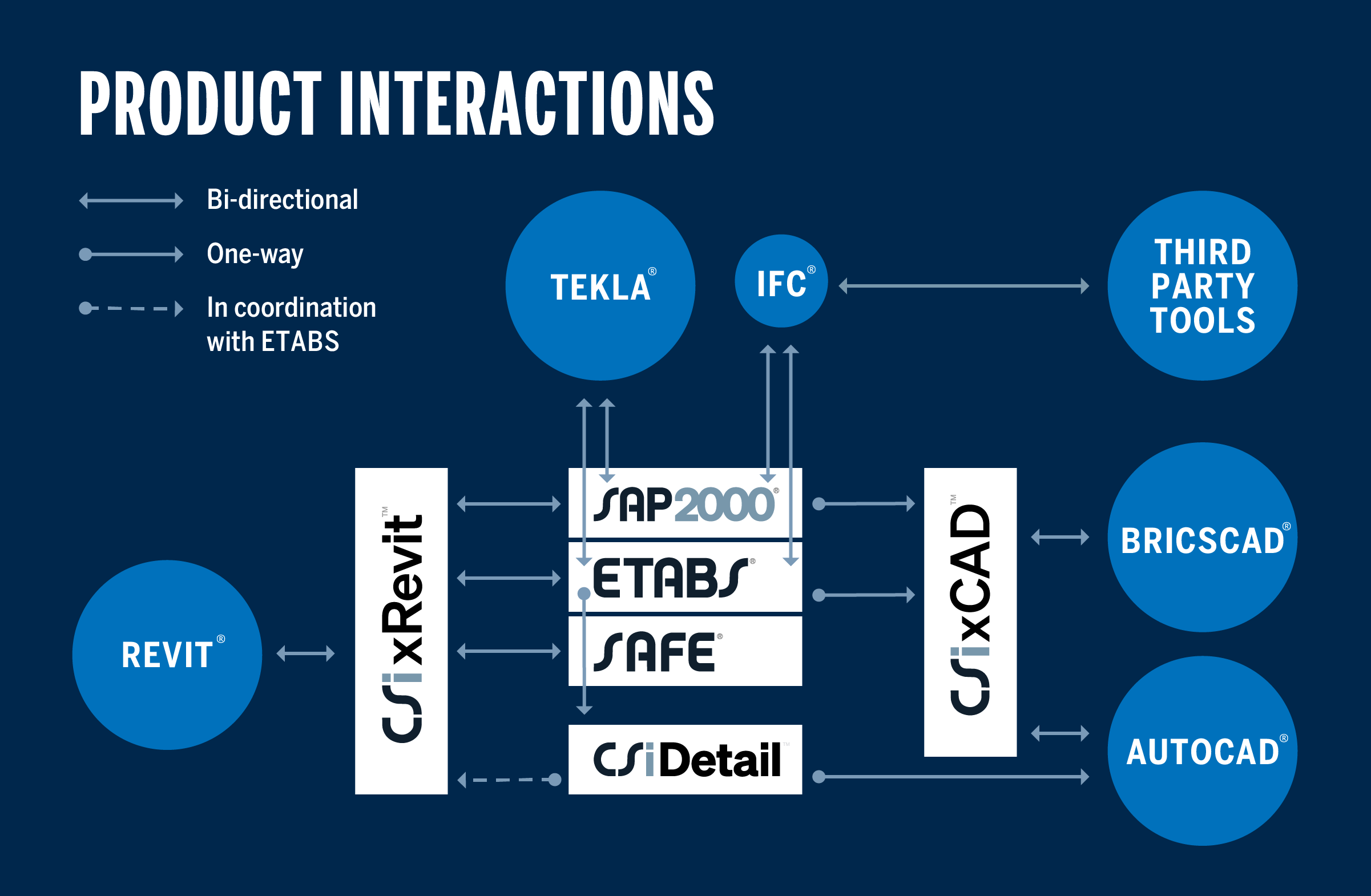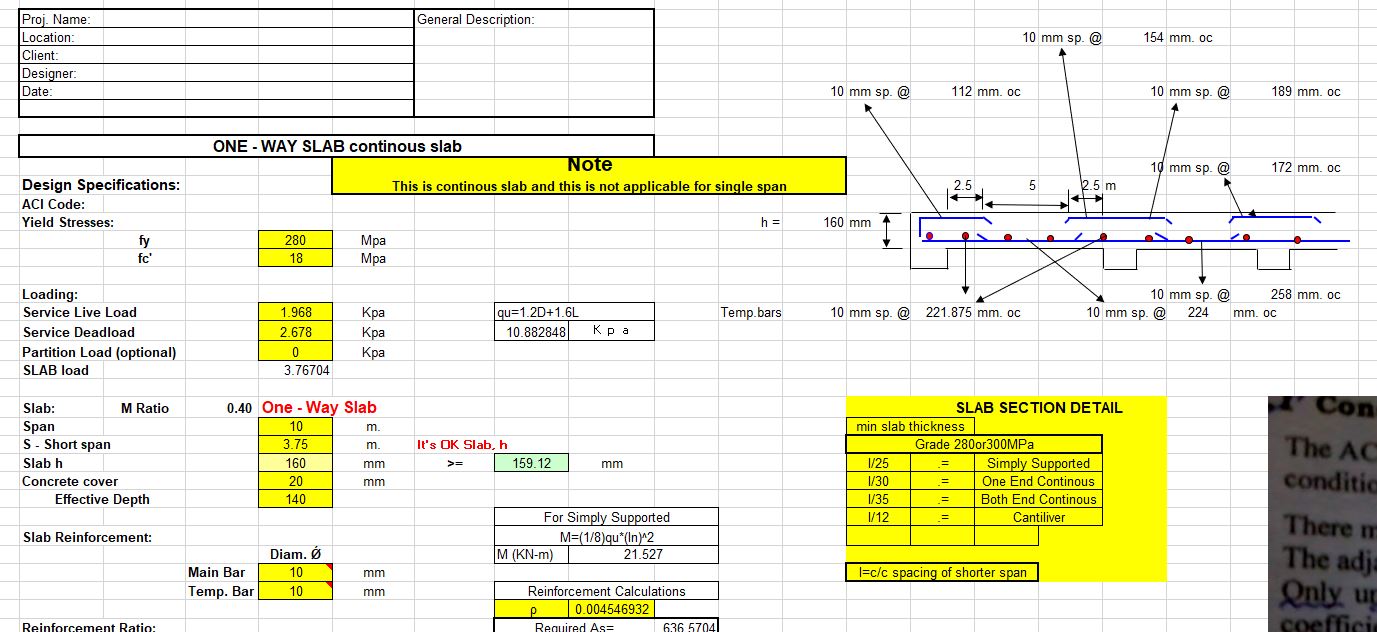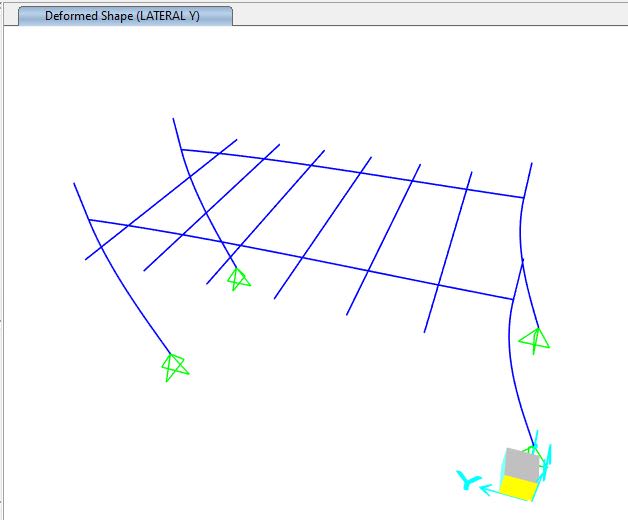

See “Building Code Requirements for Reinforced Concrete and Commentary,” ACI 318-05/ACI 318R-05, American Concrete Institute, Farmington Hills (2005), hereby incorporated by reference in its entirety. In another, the equivalent frame is modified to adjust for a column's rotational stiffness and the presence of beam-column joints, but is not modified to adjust for axial stiffness of the column. See “Structural Use of Concrete BS 8110: Part 1,” British Standards Institution, London (1997), hereby incorporated by reference in its entirety. In one, the equivalent frame method is used without any modification factors. Finally, the longitudinal moments obtained from the y-z equivalent frame are distributed laterally to determine the longitudinal moments in other sections of the joist floor.įor one-way joist floors having wide-shallow beams or similarly flexible supporting girders, several implementations of the equivalent frame method have been suggested. Each x-y equivalent frame is represented by a y-z equivalent frame in a column-beam portion of the joist floor to provide the longitudinal moments along the span. In this method, a joist floor is represented by a number of adjacent x-y equivalent frames. The equivalent frame method reduces a three-dimensional joist floor to equivalent plane frames that are capable of demonstrating the distribution of moments within the joist floor with reasonable accuracy. One method for determining the distribution of moments within one-way joist floors is the equivalent frame method. It is believed that the non-uniformity in the distribution of moments is attributable, at least in part, to the flexibility of wide-shallow beams. For example, in one-way joist floors with wide-shallow beams, parallel joists that are usually assumed to have identical response under uniformly distributed loading may show significant variations in their end-moments. The distribution moments in one-way joist floors using wide-shallow beams is complex and differs from what is usually assumed in design practice. Studies on one-way joist floors using wide-shallow beams are limited. 46, King Fand University, Dhahran, Saudi Arabia (2002). et al., “Structural Design Practice for Residential Buildings in Riyadh: An Overview,” Proceeding of the Sixth Saudi Engineering Conference, vol. 164, Terengganu, Malaysia (2007) Al-Negheimish, A. et al., “Structural design and construction of residential buildings in Riyadh, Saudi Arabia,” Proceeding of World Housing Congress, Paper AU2.2, p. I-III, King Abdulaziz City for Science and Technology, Riyadh (2007) Al-Negheimish, A. et al., “Towards the Development of more Economical Building Systems for Residential Buildings in Suadi Arabia,” Final Report Grant No. These advantages are discussed in the following references, hereby incorporated by reference in their entirety: Shuraim, A. The use of wide-shallow beams is becoming popular in one-way reinforced concrete joist floors due to their constructional and architectural advantages. A wide-shallow beam, for example, is generally more flexible than a floor drop beam. Some supporting girders are more flexible than others. In such structures, eccentricity may exist due to the offset between the centroid of the narrow column and the centerline of the wide-shallow beam. One-way joist floors using wide-shallow beams may have columns that are much narrower than the wide-shallow beams.

In one-way joist floors using wide-shallow beams, the depth of the wide-shallow beams is usually the same as the depth of the interconnected joists. One-way joist floors using wide-shallow beams differ from one-way joist floors using floor drop beams in that wide-shallow beams are generally of substantial width relative to floor drop beams. For example, supporting girders may be wide-shallow beams or floor drop beams.


Supporting girders come in a wide array of designs. The reinforcing structure within such reinforced concrete may be traditional steel rebar or any other structure suitable for reinforcing concrete. The concrete may be one-way reinforced or two-way reinforced. One-way joist floors may be made of concrete. One-way joist floors may contain a variety of elements, including supporting girders, joists, solid slab, and columns. One-way joist floors, such as those for buildings, include joist floors. The invention relates to one-way joist floors and, more particularly, to a system and method for determining longitudinal moments in one-way joist floors having relatively flexible supporting girders. AR-16-66 awarded by King AbdulAziz City for Science and Technology. This invention was made with support under Grant No. 22, 2011, incorporated herein by reference in its entirety. This application claims priority from Provisional Application U.S. CROSS-REFERENCE TO RELATED PATENT APPLICATIONS


 0 kommentar(er)
0 kommentar(er)
